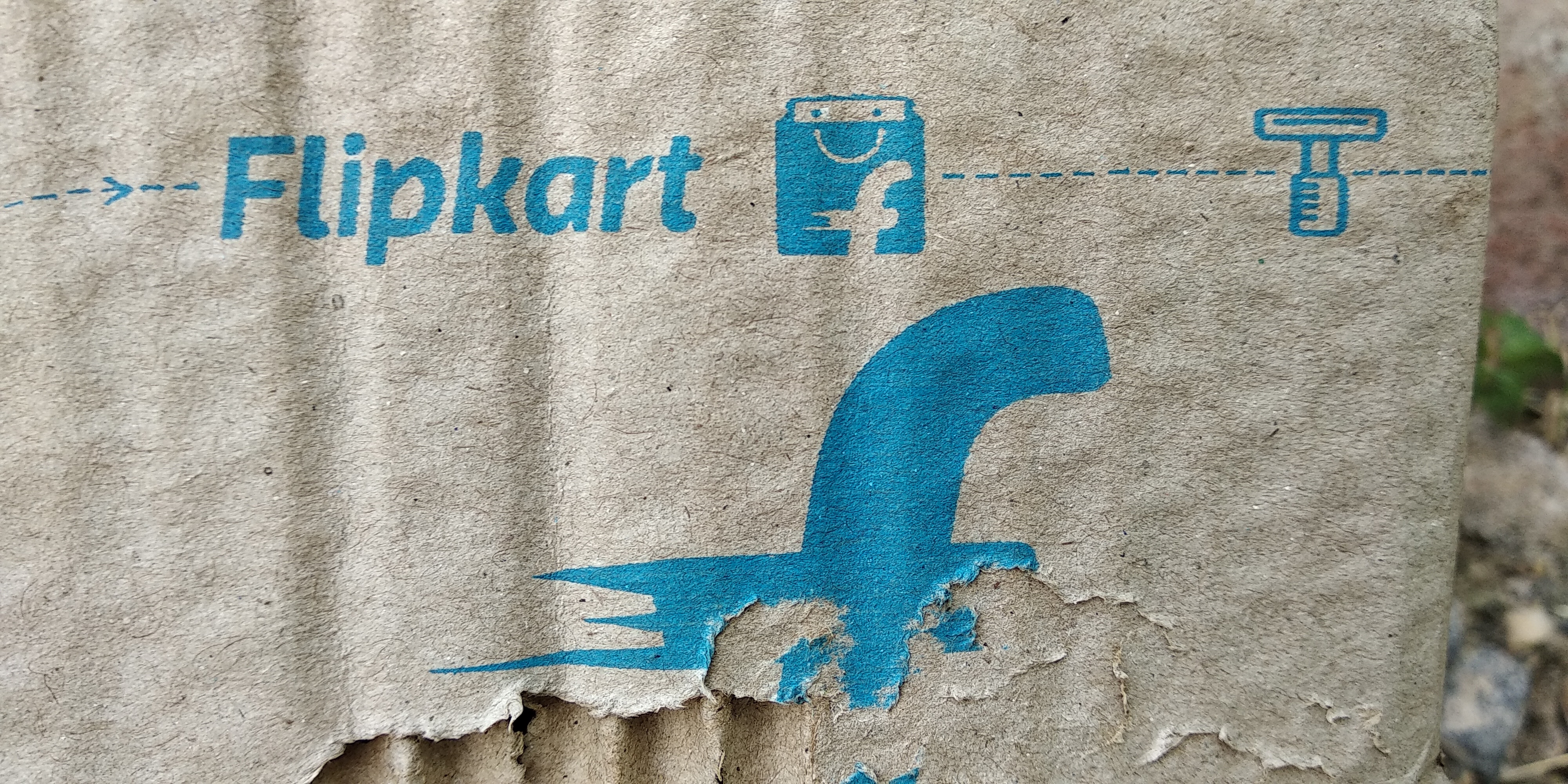In a bid to promote Indian products on E-Commerce portals and head towards ‘Aatm Nirbhar Bharat’ (Self Reliant India), the government procurement portal, Government e-Marketplace (GeM) has made it mandatory for the seller to mention the product’s country of origin.

A new provision has been enabled for the indication of the percentage of local content in products to promote the ‘Make in India’ initiative. Buyers will have the option to choose only those products which meet the 50 percent local content criteria.
“It is mandatory for sellers to mention the ‘Country of Origin’ while registering all new products on Government e-Marketplace [GeM]. Further, seller who had already uploaded their products before the introduction of this new feature on Government e-Marketplace [GeM], are being reminded regularly to update the Country of Origin,” said the Ministry of Commerce and Industry in a press release.
The move came after a recent border clash between Indian soldiers. And Chinese troops near the Line of Actual Control (LAC). Followed by the boycott of Chinese products around the country.
A group of small manufactures and Confederation of All India Traders (CAIT) under the banner of Federation of Indian Micro and Small & Medium Enterprises (FISME) sent a proposal to make the display of the country of origin mandatory while suggesting transition-commerce policy.
The Indian e-commerce sector is growing at the fastest rate in the world. This sector drew many investments lately from International companies to push the business. However, CAIT claims 70 percent of products sold on e-commerce platforms like Amazon and Flipkart have a Chinese origin. They claim that local manufacturing is not boosting from the e-commerce boom in the country.
Indian products at present lack quality when compared to high-rated Chinese products. Indian consumers who emphasize the price often tend to buy a cheaper product with good quality. Which helps China to dump its products in the Indian market.
A decade ago online e-commerce companies like Flipkart started, which later escalated into big MNCs along with other platforms like Amazon. The Indian government’s transition to the Digital India campaign and an increase in the use of the Internet has worked as a catalyst.
In the world’s biggest e-commerce deal Walmart acquired Flipkart for $16-billion. Walmart now controls 77 percent of Flipkart under this deal. Amazon which grew into one of the biggest e-commerce platforms in the country announced its plans to invest $2 Billion.
According to Morgan Stanley, the e-commerce sector in India is predicted to grow up to $200 billion by 2026. Local business owners are intimidated by the growth of e-commerce and are worried about the future of their businesses.
In February 2019, the government announced new FDI rules which mainly focussed on supporting local businesses. According to the rules, companies are not allowed to stock up products and avoid offering huge discounts to their customers.
The analyst firm PricewaterhouseCoopers (PwC) predicted that due to the new e-commerce FDI policy, online platforms could lose up to $46 billion by 2020. This policy is a boost for offline retail shops and to support the ‘Make in India’ campaign.

